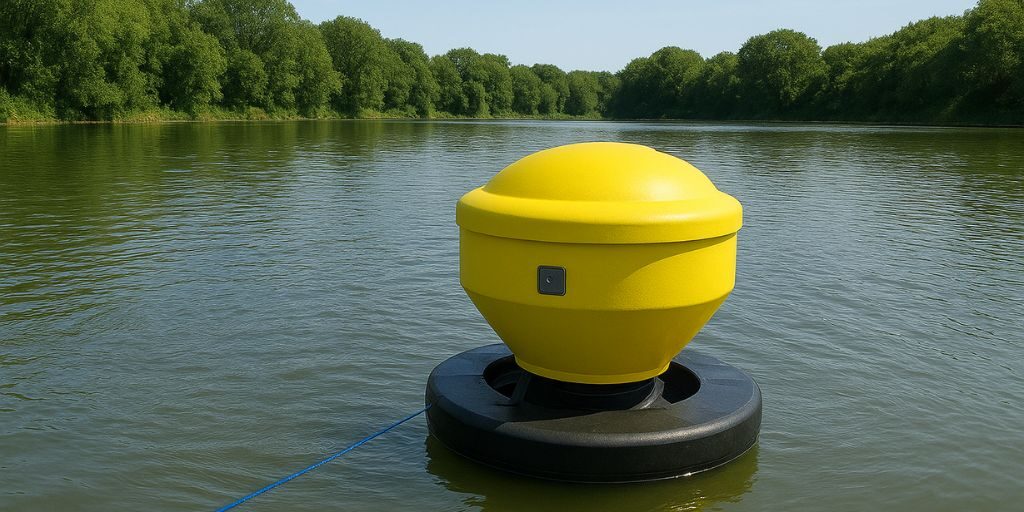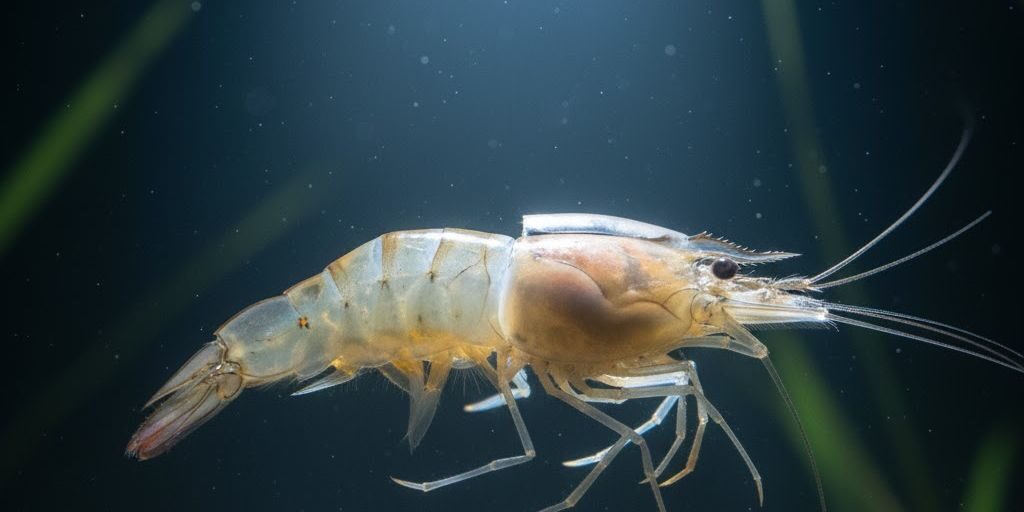- Software Gestor para Aquicultura
- (85) 2139-6730
- contato@despesca.com.br
Automatic Feeders and Sensors

10 Strategies to Find New Distribution Channels for Your Product in Shrimp Farming
22/10/2025Currently, many producers seek maximum efficiency in shrimp and fish farming, and the adoption of automatic feeders and sensors has become a strategic alternative. The focus keyphrase “automatic feeders and sensors” appears early in this article because it represents the central topic. Moreover, producers who measure the return on investment (ROI) of new technologies gain a significant competitive advantage. This article presents essential technical information for fish and shrimp farmers, as well as guidelines on how to assess whether investing in automatic feeders and sensors is worthwhile and how to integrate these tools into farm management.
Why You Should Consider Automatic Feeders and Sensors? Is it worth the investment?
Feed represents one of the highest operational costs in aquaculture — between 50% and 70% of production expenses in many cases. Thus, reducing feed waste and optimizing feeding frequency or distribution patterns can result in substantial efficiency gains. Similarly, the use of sensors to monitor parameters such as dissolved oxygen (DO), temperature, ammonia, or nitrite enables quick interventions, minimizing losses caused by environmental failures. Therefore, integrating automatic feeders and sensors has both technical and financial impacts.
Main Technical Components
Automatic Feeders
- Devices that distribute feed in programmed doses and frequencies, often controlled by electronic panels or remote systems.
- In shrimp farming, automatic feeders can handle between 300k and 700k animals per unit in ponds ranging from 1–2 ha.
- Proper feeder placement is crucial — considering pond depth, aerator position, and shrimp distribution — to ensure even feed dispersion.
Sensors and Automation
- Multiparameter sensors (DO, pH, temperature, ammonia) connected to IoT systems provide continuous monitoring and can automatically activate or deactivate devices (feeders, aerators) when thresholds are reached.
- Integrated systems can stop feeding if DO drops below a limit (e.g., < 4 mg/L) and resume when it recovers.
- When connected to management software like Despesca, producers can cross-reference feeding, biomass, and water-quality data, enhancing decision-making.
How to Calculate the ROI of Automatic Feeders and Sensors
Essential Steps
- Cost Assessment – Include purchase of feeders and sensors, installation, maintenance, staff training, and integration with management systems.
- Estimate the Gains – Consider reduced feed waste, improved feed conversion ratio (FCR), lower mortality, or shorter production cycles. Studies show that automatic feeding systems can shorten cycles from 120 to 90 days.
- Payback and NPV Calculation – Use economic feasibility methods such as those described by Despesca.
- Integration with Management – Without proper monitoring, investments may not yield full returns. Therefore, ensure your management platform can collect and process feeder and sensor data.
Key Performance Indicators (KPIs)
- Feed Conversion Ratio (FCR): improvements translate directly into feed savings.
- Production Cycle Duration: shorter cycles increase turnover and revenue.
- Mortality Rate: sensors detecting low oxygen or high ammonia help prevent stock losses.
- Cost per kg Produced: compare production costs before and after automation to assess ROI.
Integrating the Technology into Farm Management
Planning and Implementation
- First, map out feeding zones, feed flow, and animal circulation in ponds or tanks.
- Select automatic feeders that fit your production scale — individual units for smaller farms or modular systems for larger facilities.
- Install sensors at critical points (e.g., bottom zones, feeding areas, low-oxygen regions) and configure automations for feeding and aeration.
- Integrate device data into your management system (such as Despesca) to generate reports and automatic alerts.
- Train staff: even automated systems need human supervision for calibration, data entry, and maintenance.
Continuous Monitoring
- Regularly record feed consumption, animal biomass, mortality, water parameters, and production cost per kilogram.
- Analyze trends: if FCR worsens or consumption increases unexpectedly, check sensor calibration, feeder operation, or feed distribution.
- Adjust feeding schedules automatically or manually based on collected data.
Conclusion
Investing in automatic feeders and sensors can generate significant returns for shrimp and fish farmers, provided the technology is properly sized, installed, and integrated into farm management. Certainly, it is not merely about purchasing equipment but about turning it into a control and efficiency tool. Likewise, a careful ROI analysis must precede any acquisition to ensure financial justification. In short, technology without proper management rarely produces the expected results. Therefore, for producers aiming to enhance productivity, reduce costs, and strengthen operations, automatic feeders and sensors are a high-value strategic investment.
For further insights, we recommend the related article on the Despesca website: “10 Smart Investments to Increase Productivity in Aquaculture.”




